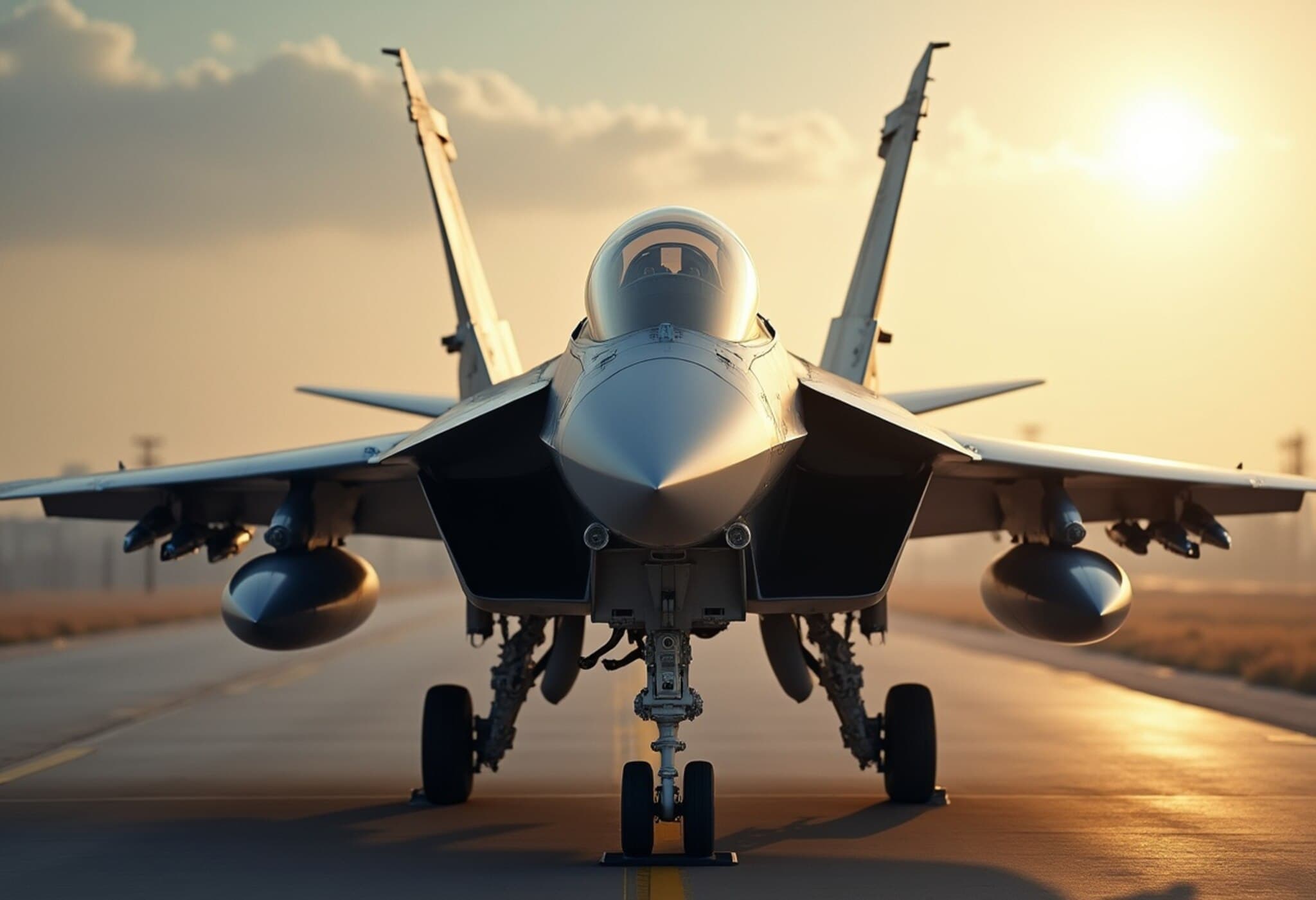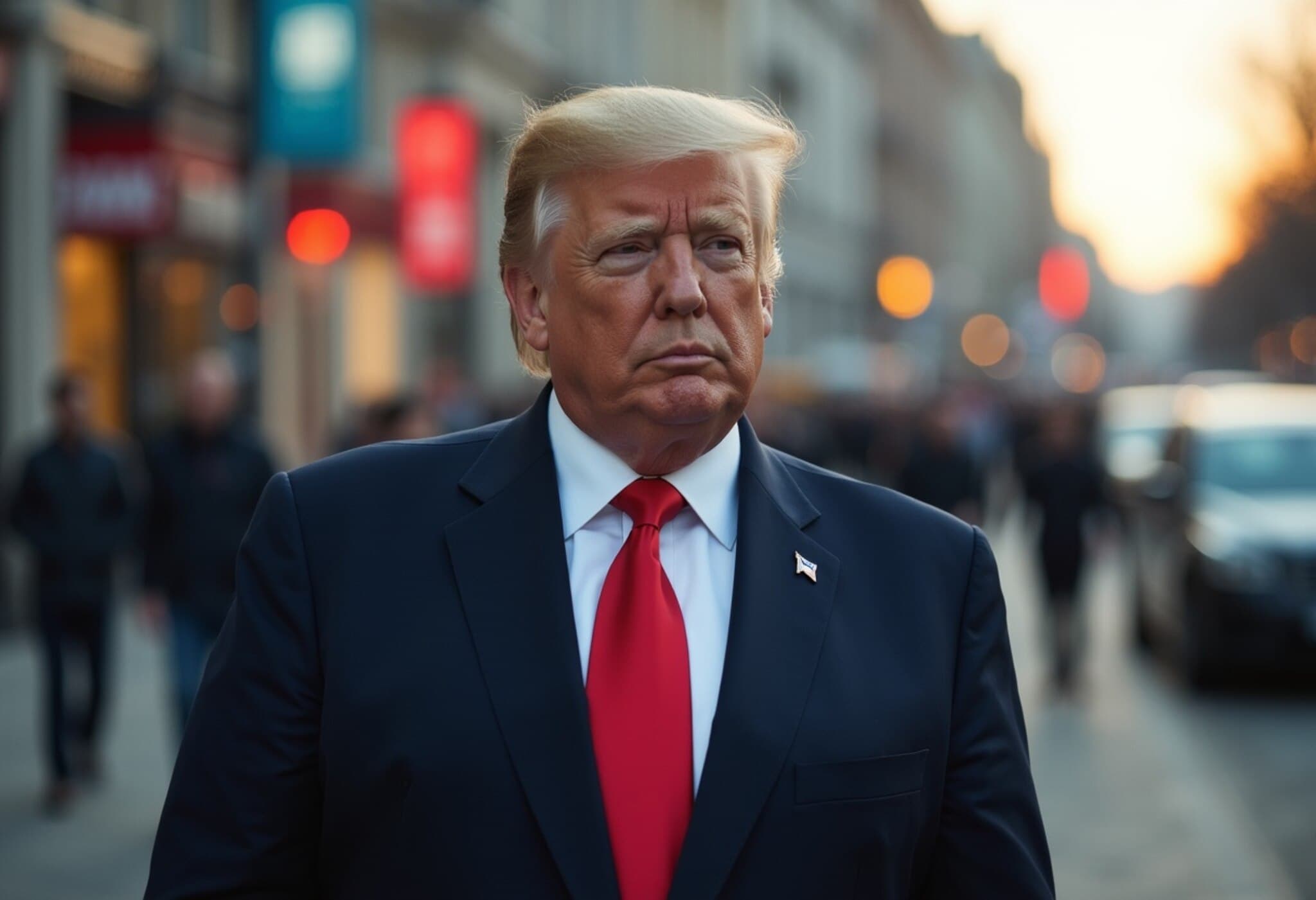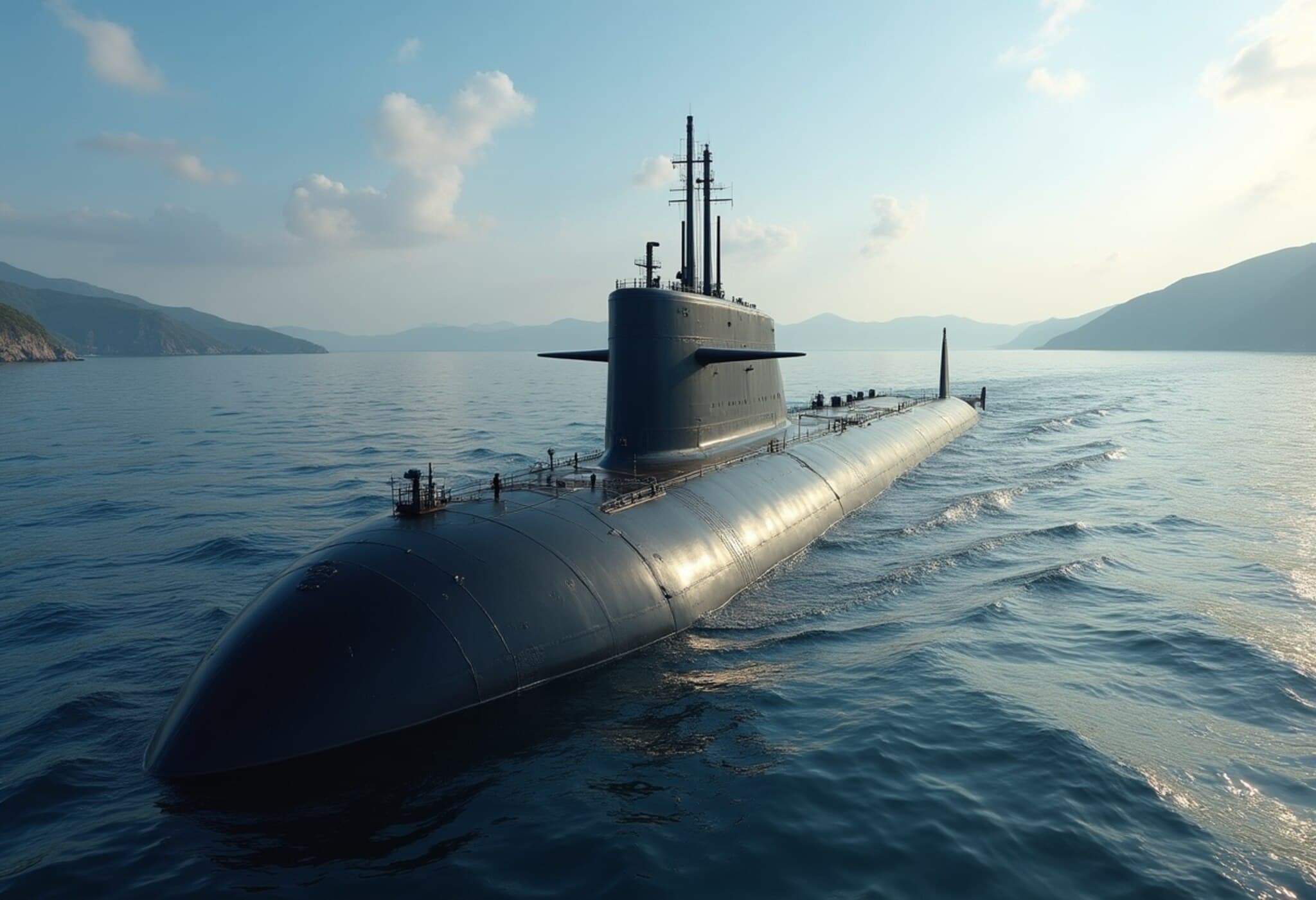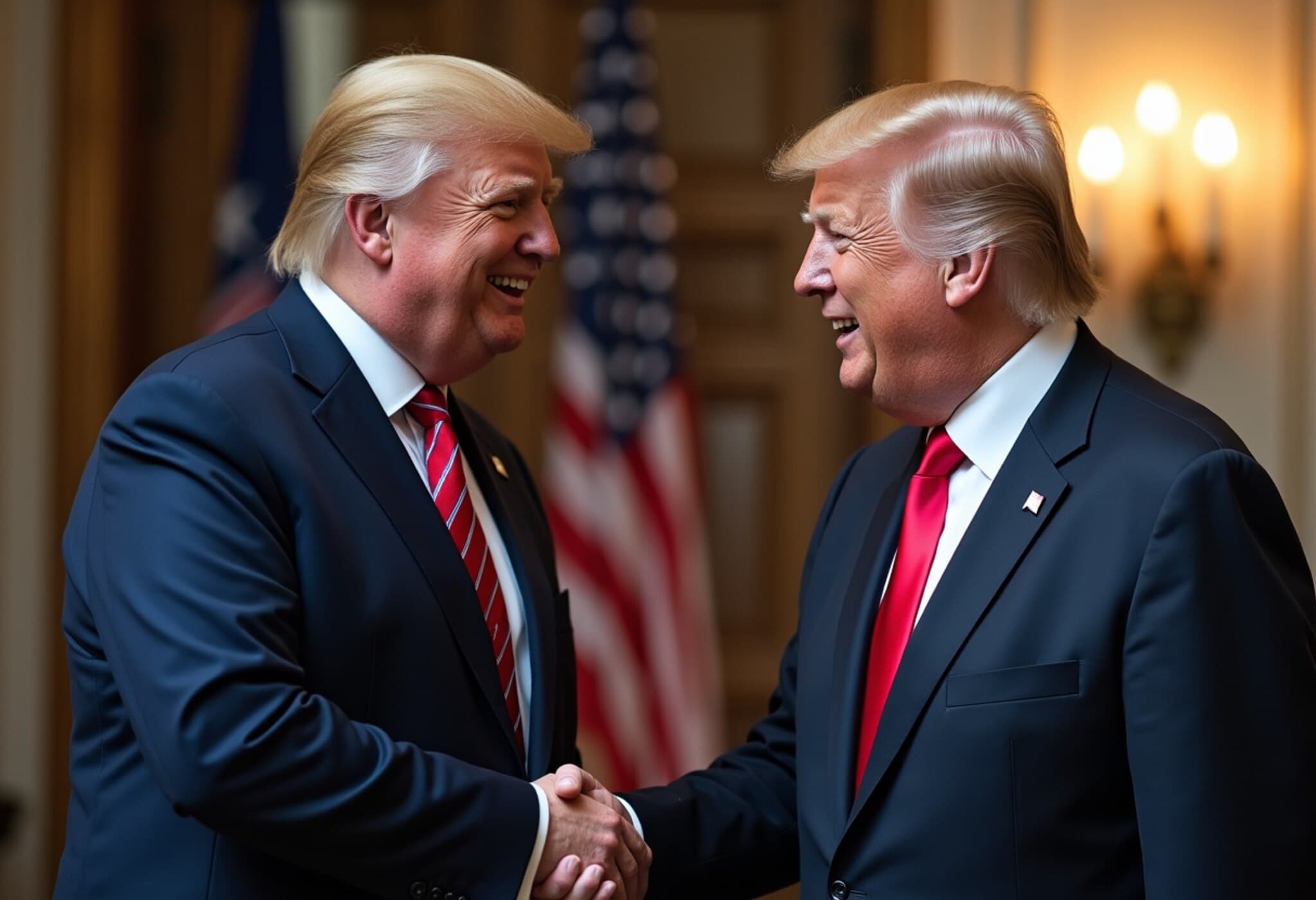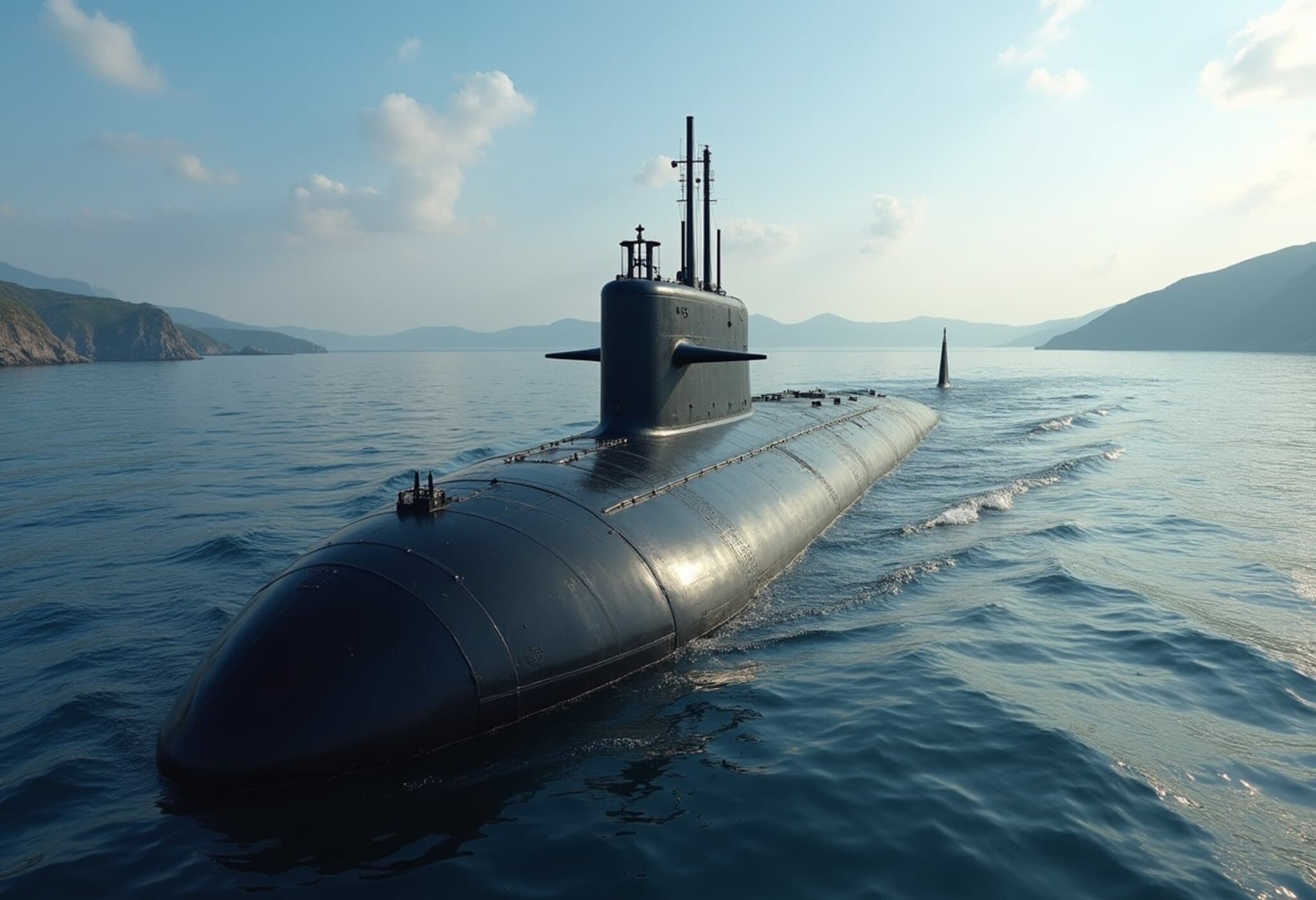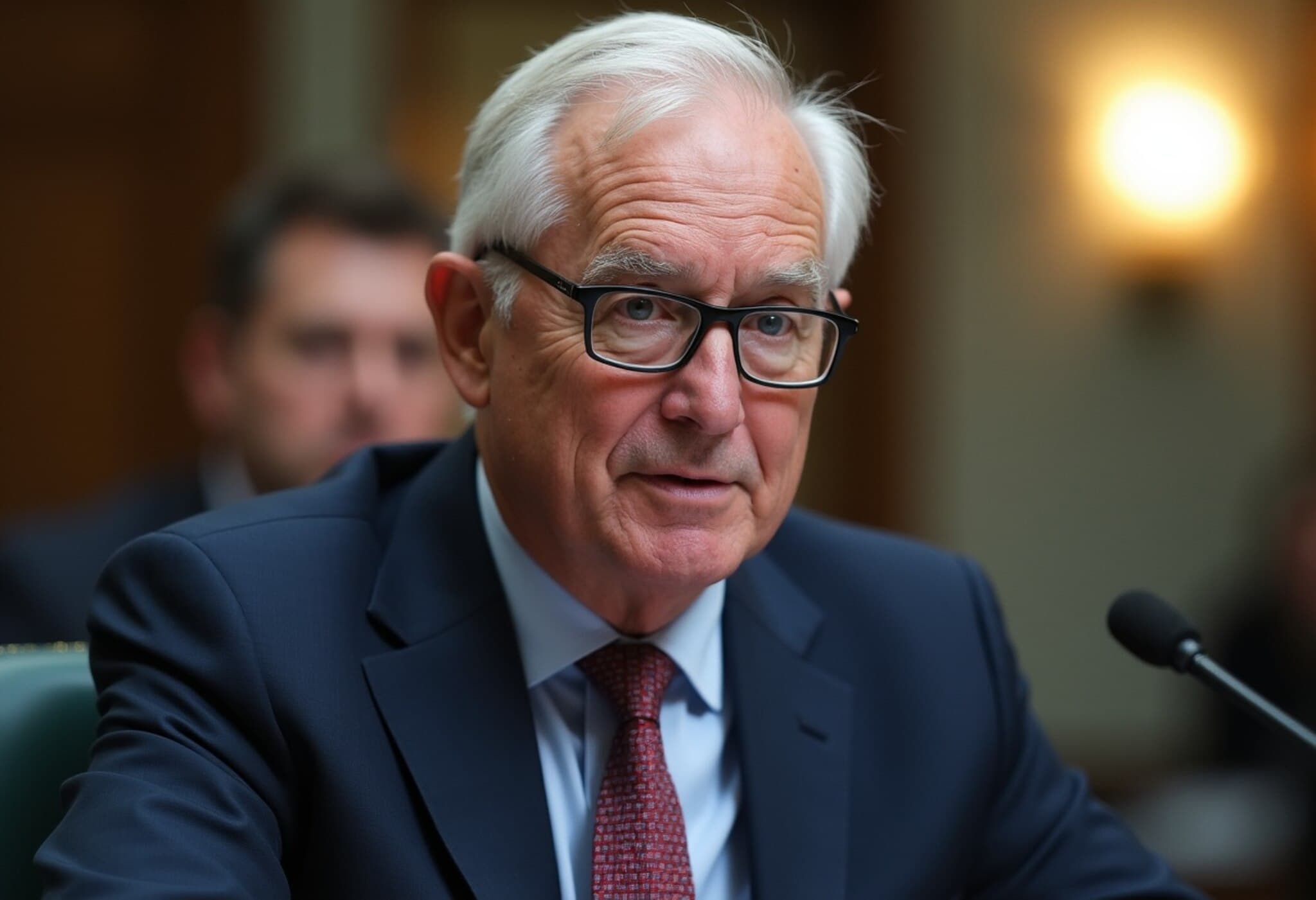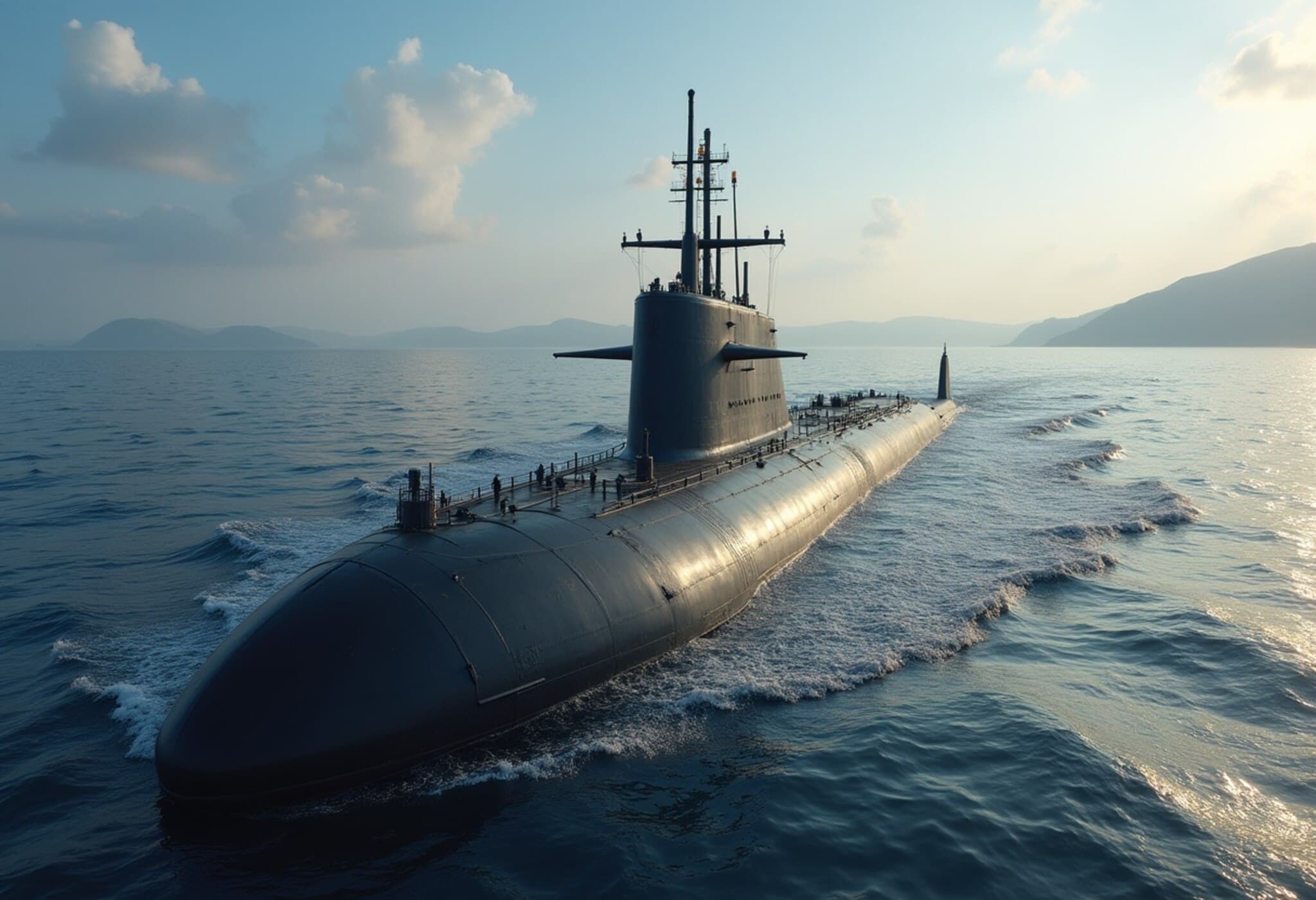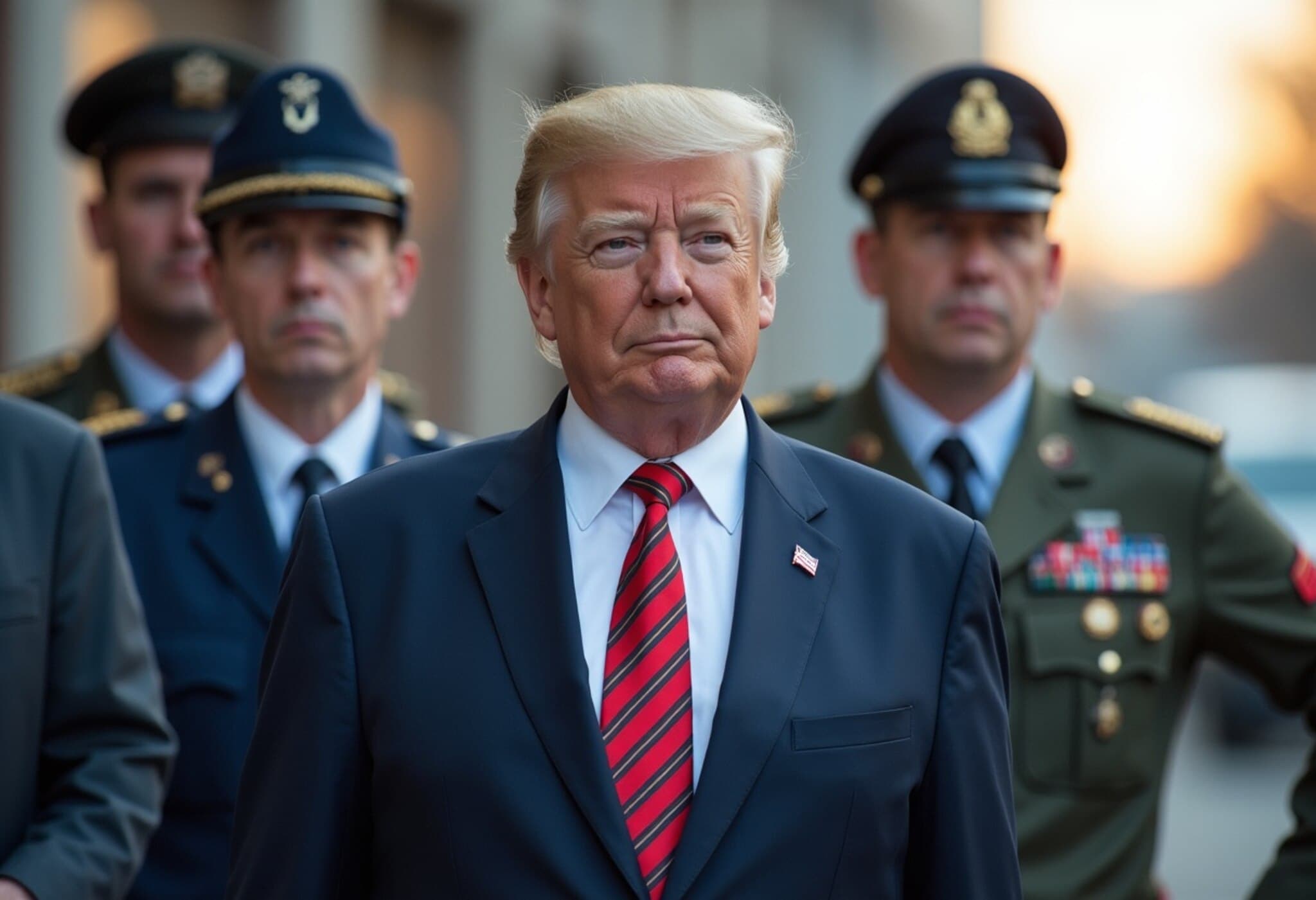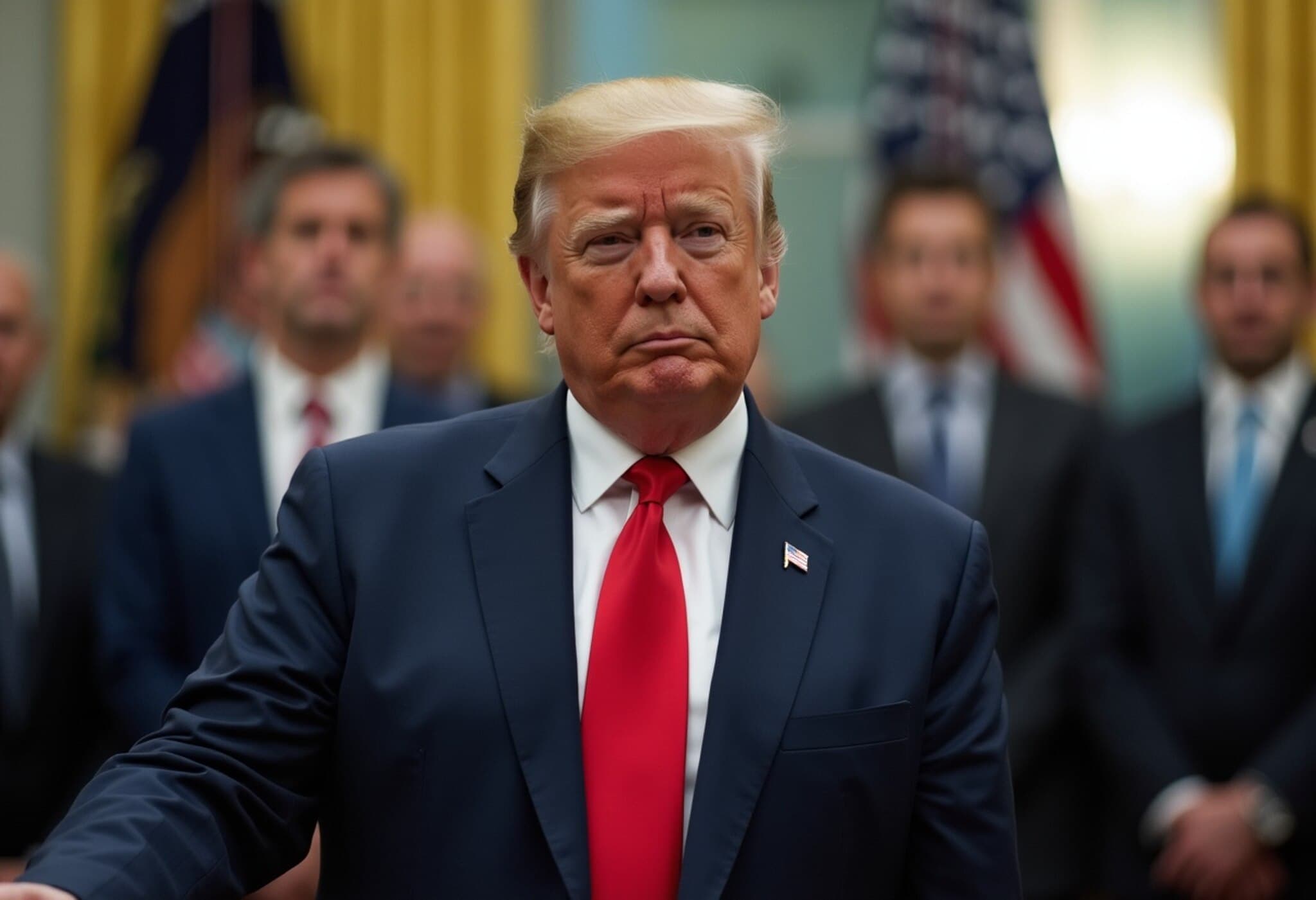Introduction: A New Chapter for AUKUS and Australia-US Defense Cooperation
Former Australian Prime Minister Scott Morrison has put forward a bold proposal to transform the planned AUKUS submarine shipbuilding facility in Western Australia into a joint naval base with the United States. Speaking from Washington, Morrison emphasized the strategic value of sharing Henderson shipyard capabilities between Australia and the US to enhance submarine maintenance and operational readiness in the Indo-Pacific region.
The Strategic Rationale Behind Morrison’s Proposal
The AUKUS pact, signed in 2021, aims to deliver advanced nuclear-powered submarines to Australia, marking a significant shift in regional security dynamics. However, the deal has faced scrutiny, particularly from the Trump administration, over concerns about production delays and maintenance capabilities.
Morrison acknowledged these concerns, describing them as “legitimate issues” raised by US defense officials like Undersecretary Elbridge Colby. These issues center on the United States’ ability to build and sustain the submarines on schedule and to maintain them effectively once operational.
By integrating the Henderson shipyard—a cutting-edge facility located south of Perth—into a joint base hosting both US and Australian submarines, Morrison envisions a strategic asset providing the US Navy direct access and maintenance capacity in the Indian Ocean. This would not only accelerate submarine production and upkeep but also serve a broader regional deterrence function amid growing geopolitical tensions.
Benefits of a Joint Naval Base at Henderson
- Expanded maintenance capacity: Allows servicing of US and Australian nuclear submarines at a single state-of-the-art facility.
- Cost efficiency: The US would pay only for labor and materials, leveraging Australia’s capital investments.
- Regional presence: Enhances US strategic footprint in the Indo-Pacific, supporting freedom of navigation and countering China's maritime ambitions.
- Industrial collaboration: Boosts employment and technological exchange in Australia's defense industry.
Contextualizing the US Review of AUKUS
The Pentagon is currently reviewing the AUKUS project to determine its alignment with the Trump-era “America First” policy framework. Among the questions is whether the US will commit to transferring the three nuclear-powered submarines envisioned for Australia, considering the massive $US2 billion already committed to the maritime industrial base, with more funding anticipated.
Retired US Navy Captain Jerry Hendrix, an influential defense commentator, has publicly called for investment to expand Henderson’s capacity to repair US and Royal Navy submarines. He also cautions about the political uncertainties surrounding Australia’s long-term commitment to AUKUS, emphasizing the need for stable bipartisan support.
Morrison’s Diplomatic Insights and Operational Considerations
While speaking before a congressional committee on the Chinese Communist Party, Morrison underscored that deep operational planning between Australia and the US for submarine deployment does not equate to a binding military commitment in a potential conflict, such as over Taiwan.
He stressed the importance of strategic ambiguity in Australian policy but said thorough operational collaboration is essential to ensure readiness. In Morrison’s words, the ultimate decision to engage in conflict remains sovereign, but detailed planning would strongly support that process when and if needed.
Broader Implications for Australia-US Relations and Regional Security
The proposed joint naval base concept reflects broader US and Australian ambitions to solidify their alliance amid intensifying great power competition in the Indo-Pacific. By expanding defense infrastructure and cooperation, both nations aim to deter assertive moves by China and secure vital sea lanes crucial to global commerce.
Moreover, Henderson’s elevation to a shared operational and maintenance hub could mirror the strategic significance of Pine Gap, the well-known satellite surveillance facility in central Australia, in fortifying intelligence and defense partnerships.
Challenges Ahead and Underreported Questions
- Investment and construction timeline: Completing two dry docks by 2032 requires accelerated planning and funding.
- Political consensus: Maintaining bipartisan political support within Australia is crucial to the project’s continuity and success.
- Local and environmental considerations: The impact on Western Australia’s local communities and ecosystems must be addressed transparently.
- Geopolitical signaling: How China and other regional powers will respond to an expanded US naval presence remains uncertain.
Conclusion
Scott Morrison’s call to transform the AUKUS Henderson shipyard into a joint naval base with the US encapsulates the evolving nature of Australia-US defense ties and a pragmatic approach to overcoming current challenges within the submarine program. As the Pentagon finalizes its review, this proposal offers a potential blueprint for deeper integration and shared strategic resilience in one of the world’s most contested maritime theaters.
Editor’s Note
The dialogue around the AUKUS submarine deal often focuses narrowly on technical and political hurdles. However, Morrison’s vision introduces an opportunity to rethink the alliance’s industrial and operational architectures in ways that could dramatically enhance regional security and economic benefits for Australia. It also invites broader questions about how democracies can sustain complex defense partnerships amidst shifting domestic politics and a challenging geopolitical landscape. How Australia and the US navigate these challenges will shape the Indo-Pacific security environment for decades to come.


